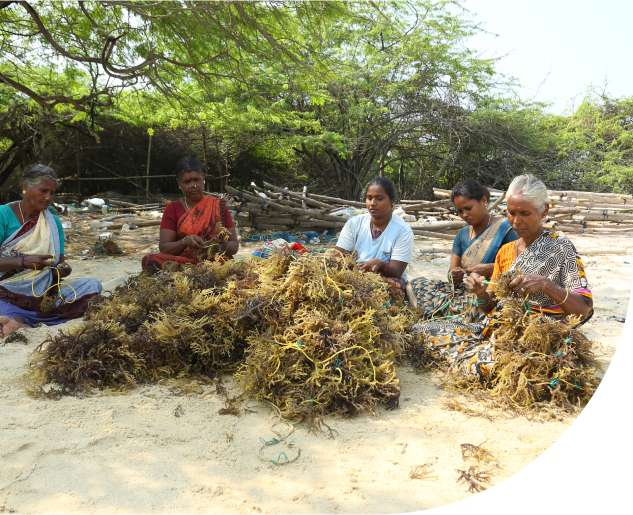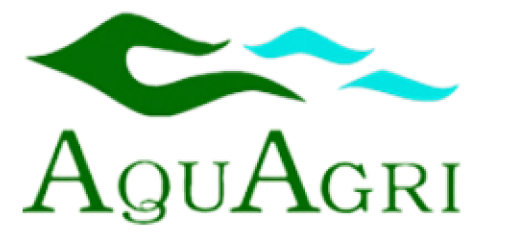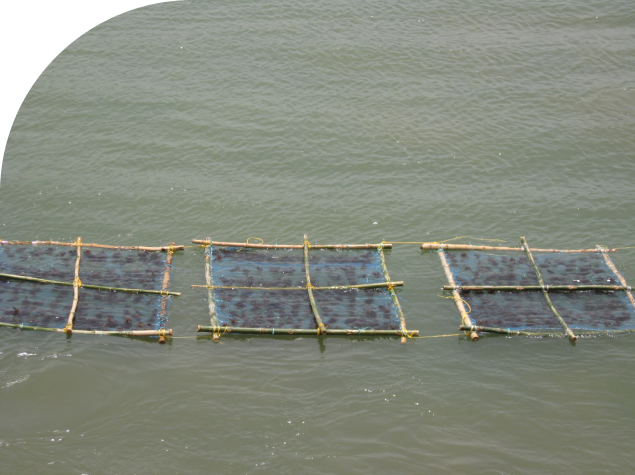Science & Sustainability
AquAgri’s Seaweed farming,
cultivation and management
Seaweed Cultivation
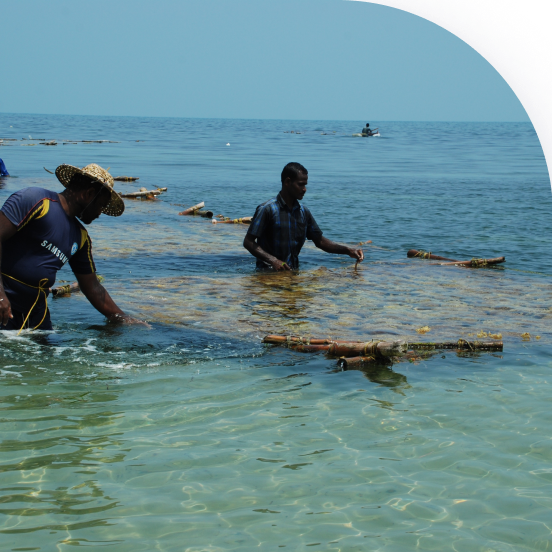
Our cultivators are the backbone of AquAgri Processing Private Limited. Our relationship with cultivators is built on mutual respect and trust, and we take pride in training and supporting them. Most of them are marginalised groups, including women and men in the coastal areas of India.
Our Seaweed Farming
Operation
Seaweed used for
cultivation
Seaweed range of AquAgri:
We are the pioneer in cultivating seaweed indigenously in India on a commercial scale. We grow and harvest Red Seaweed: Kappaphycus Alvarezii, in the coastal areas of southern India in cooperation with cultivators. We have also initiated efforts to cultivate indigenous species.
- Kappaphycus Alvarezii
- Sargassum Sp.
- G. Salicornia
- Turbeneria
- Laminaria
- Ulva
- Spinosum
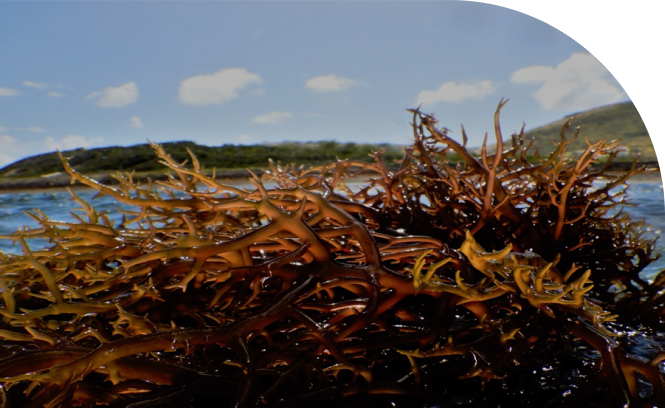
It is a red seaweed cultivated in southern coastal parts
of Tamil Nadu. It contains a substance called carrageenan that plays a very important role as a stabilizer, thickener, gelling agent, and emulsifier.
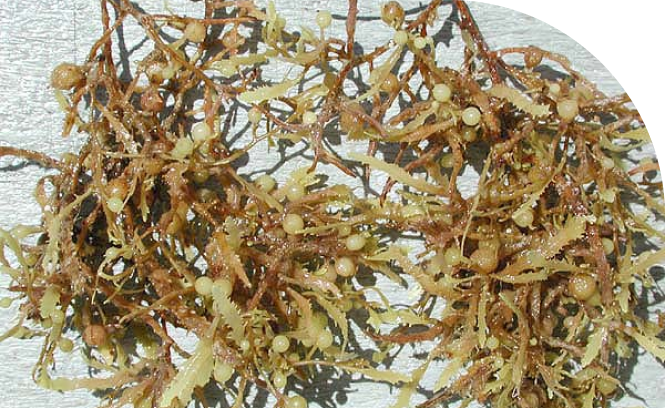
It is a brown seaweed which grows naturally in the ocean. It is collected from different sources for processing.
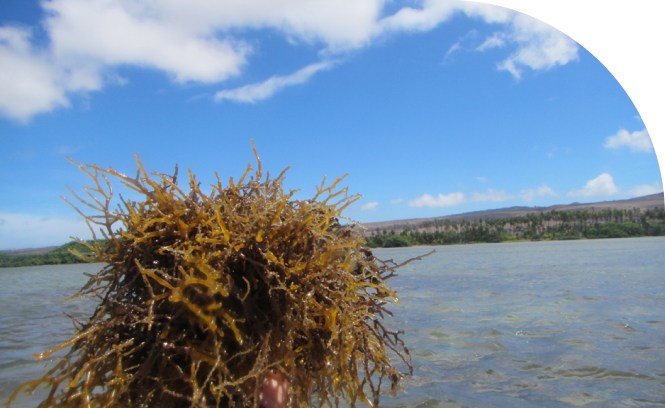
It is a red seaweed which grows naturally in the ocean. It is collected from different sources for processing.
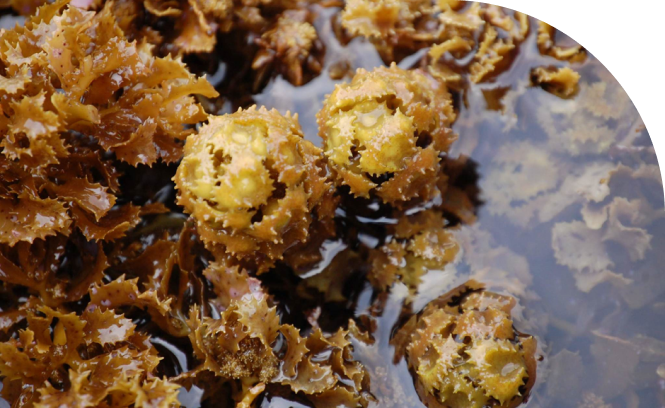
It is a brown seaweed which grows naturally on the rocky substrate in the ocean. It is collected from different sources for processing.
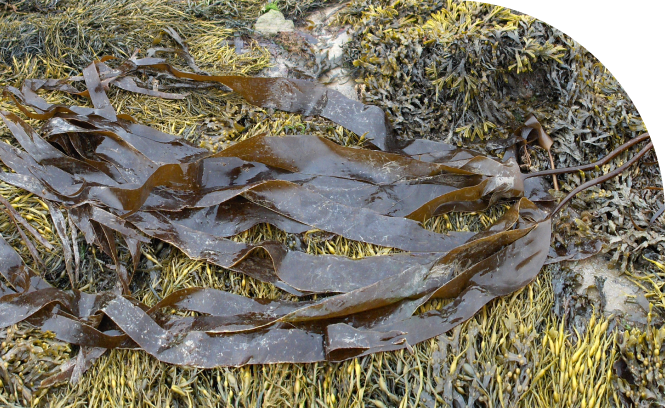
It is a brown seaweed which grows naturally on the rocks in the ocean. It is collected from different sources for processing.
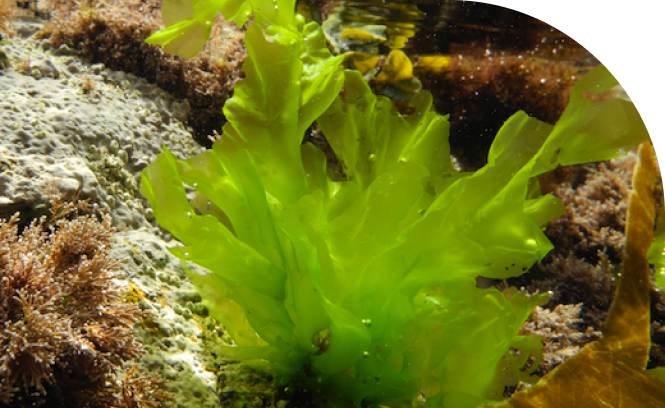
It is an edible green algae. It is grown naturally and cultivated in different parts of the world.

It is a type of seaweed cultivated in Indonesia. It contains a substance called carrageenan that plays a very important role as a stabilizer, thickener, gel maker, and emulsifier.
Cultivation Procedure
Preparation of raft infrastructure
Raft frame making
Tie-tie preparation
Seedling preparation
Planting bits
Planting process initiation
Anchoring
Farm maintenance
Harvest process
Preparation of raft infrastructure
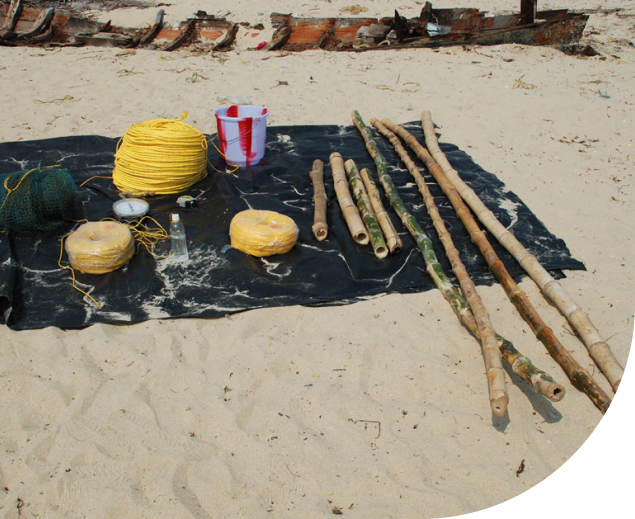
Raft frame making
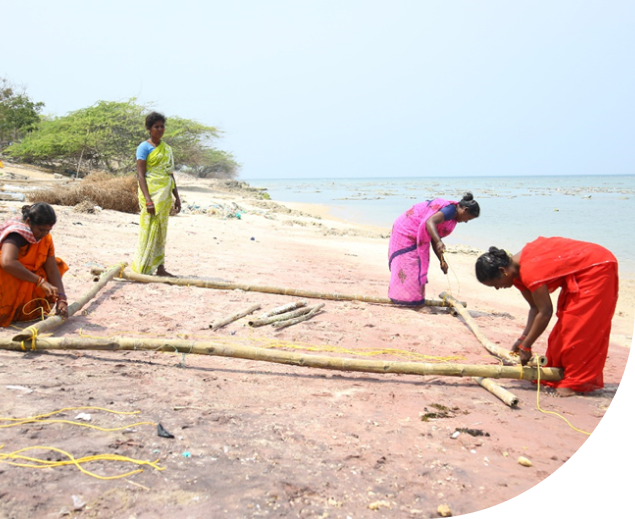
Tie-tie preparation

Seedling preparation
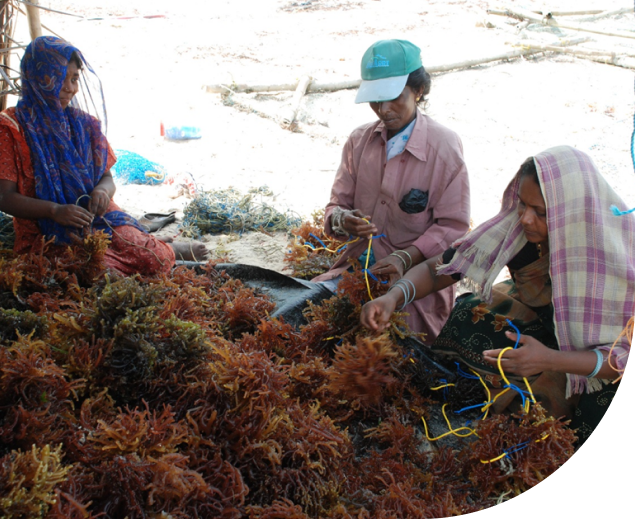
Planting bits

Planting process initiation
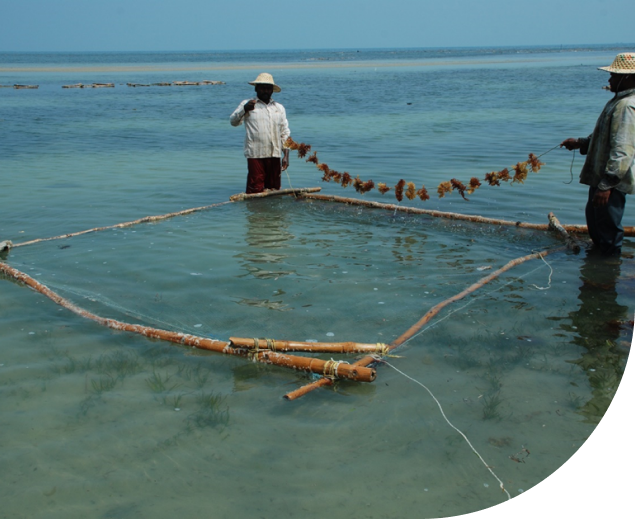
Anchoring

Farm maintenance
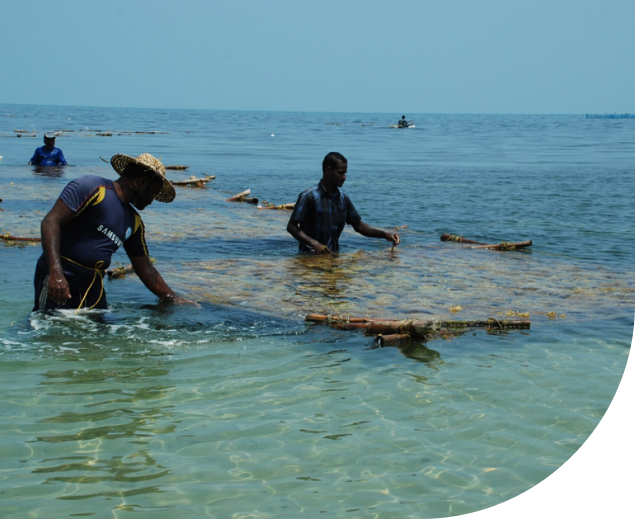
Harvest process
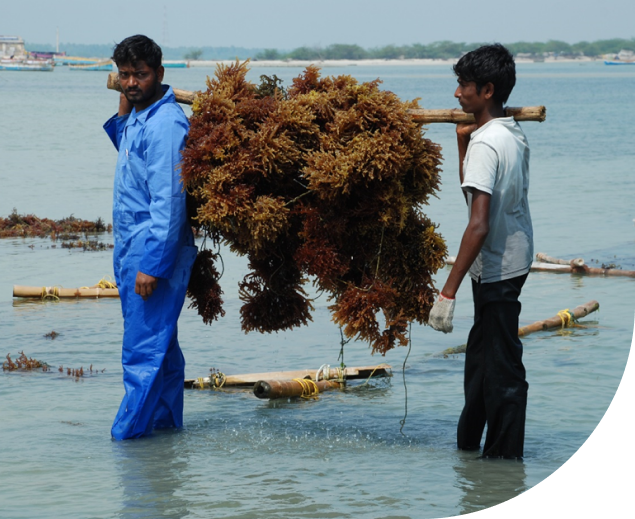
Challenges
As per SOFIA-2020, in 2018, farmed seaweeds represented 97.1% of the total volume and 2.9% is harvested from natural habitats. Globally, seaweed cultivation is dependent on 6 species, of which 3 are suitable for Indian tropical waters. We currently have only had 1 option for our cultivators, which is Kappaphycus.
Even our Kappaphycus seaweed is the offspring of a 5-cm piece brought by CSMCRI scientists in the 1970s. Since 2015, due to global warming, Kappaphycus seaweed lost vigour and growth potential as a result of climate change and unfavourable sea conditions.
It’s important to bring in fresh Kappaphycus seaweed planting materials to boost productivity levels fivefold in 45 days, as stated earlier.
For imports, we need to create a similar law and regulatory framework for seaweeds, as was created by the Department of Fisheries for Vannamei Prawn.
There is an urgent need for high-quality Kappaphycus planting material, which can be imported from Indonesia or the Philippines. Later, it must be multiplied in the lab using a proven R&D technique such as micropropagation or tissue culture.
Active participation and scientific research from ICAR institutes are required to support seed development in the lab. It should be prioritised to make cultivation sustainable and viable for cultivators.
15 MT of fresh seaweed needs to be imported if we want to meet the year 1 target set by the Fisheries Department under the Pradhan Mantri Matsya Sampada Yojana (PMMSY) scheme.
